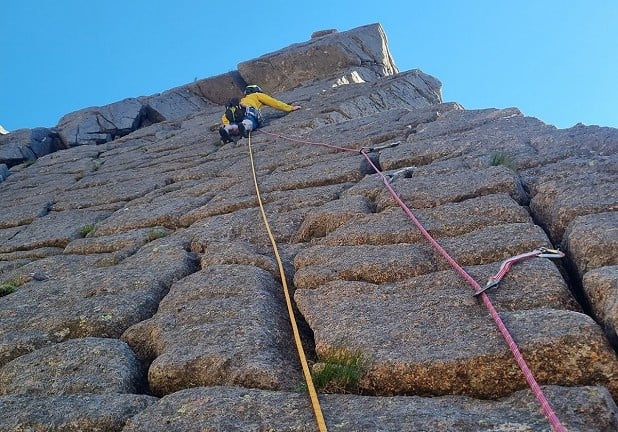Trail Running Shoes - also good for walkers and climbers
Trail running shoes may primarily be designed for moving fast in the hills, but they're not just good for running. Lighter, cooler, more nimble and more forgiving underfoot than a walking boot, running shoes are a great option for hillwalking in anything less than winter conditions; likewise, for climbers, their lower weight, greater comfort, and generally far superior grip on wet ground can make trail shoes an attractive alternative to approach shoes, especially on long approaches to mountain crags. Running shoes with a bit of stiffness in the sole can also be good on scrambling terrain. In fact, unless it's snowy, most of us on the gear team spend more time in running shoes than any other footwear. They're the most versatile of outdoor shoes - you can even go running in them.
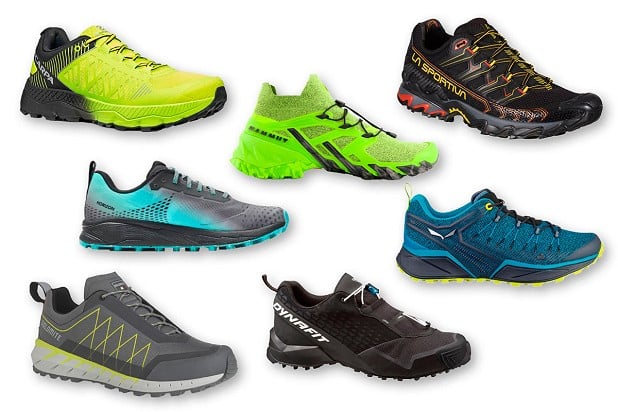
For this group test of several brands, we asked for more supportive shoes rather than minimalist models, since these make the better all-rounders for hill days and crag approaches, and will be more relevant to hillwalkers, backpackers and climbers as well as runners. The selection includes a couple of left-field choices that are less ideal for out-and-out running, but which suit our all-round remit well.
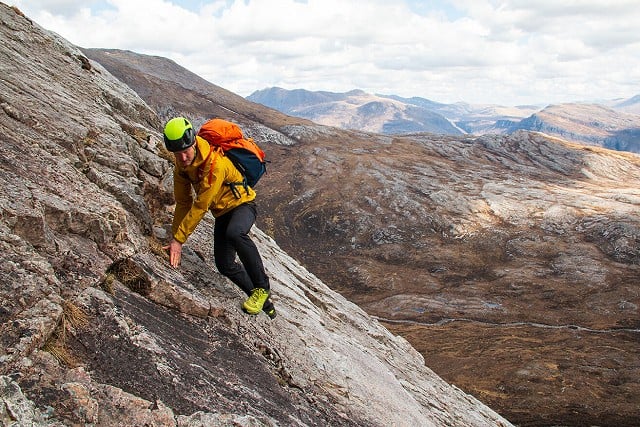
What to look for:
Trail running shoes vary a lot in terms of weight, fit, support, cushioning, grip, and the design of the uppers.
Uppers
Whilst waterproof-lined shoes have their fans, we asked for unlined shoes here, on the basis that they're cooler and quicker-drying, and therefore more comfortable in warmer conditions and generally more versatile. A couple of models were only available as waterproof shoes, something that comes with both pros and cons in this review. Elsewhere, if a waterproof version is available, we've mentioned it.
For summer comfort, look for an upper with plenty of mesh for breathability. For all-round use on rough hill terrain, the upper should also offer some structure to help cradle and support the foot, while the addition of a rand and/or a toe bumper will help provide some protection from rocks.
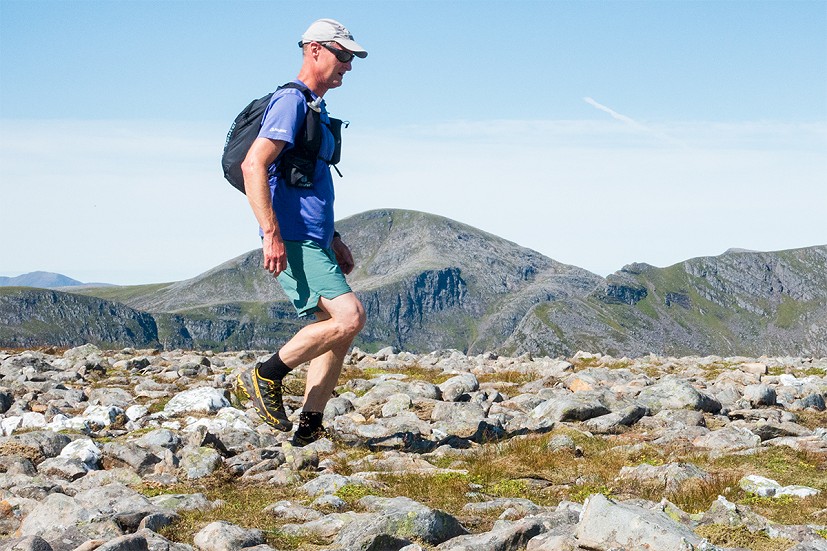
Outsole
Particularly in the UK's wet and grassy hills, the big advantage of trail shoes over approach shoes is the fact that they'll typically offer a much more secure grip on wet ground. Having decent friction on dry rock obviously helps when scrambling, but since the bulk of most people's mileage on hill days or crag approaches will be on softer surfaces and slippery grass slopes, a tread with more bite can be a big advantage. A ledge or 'breast' at the heel can help a lot with downhill traction too.
The effectiveness of the outsole on a range of terrain will vary widely between different models, so it's one of the features we've paid close attention to in this review.
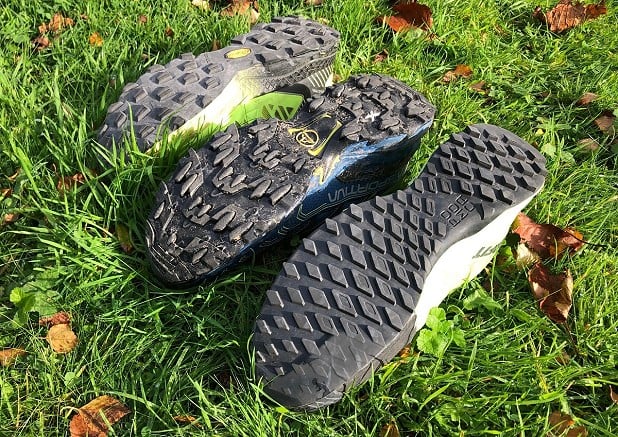
Midsole
A major benefit of shoes over traditional walking boots is typically that they'll offer more flex and bounce. But you can probably take it too far. For many users a slightly more solid and supportive shoe is going to be good on rough ground or when carrying a heavy pack - especially if you're a habitual walking boot wearer new to trail shoes.
If you're walking a lot on hard-packed trails, a deeper and more cushioned midsole helps soak up the impact, and will particularly come into its own on long days. On the other hand, a higher 'stack height' can feel a bit more cumbersome on tricky technical ground, though we think this is less an issue while walking than hill running. The 'drop', the difference between heel and toe height, is largely a consideration for runners, so we've paid it less attention in this group test. Most of the shoes on review are middle of the road in terms of drop.
Fit
Whatever else we say here, nothing trumps how a particular shoe fits you personally. If you're not already familiar with the model it's always worth trying shoes on in a bricks and mortar shop, where problems such as heel lift or toe strike can often be spotted immediately. Trail running shoes ought to offer a bit more front-end space than the more asymmetric, climbing-oriented fit you'll often see in approach shoes, making them a better bet for comfort over a long day on your feet. Though this group test has been carried out by several reviewers, we've tried to keep our notes on width, volume and general fit as objective as possible.
Weight
Every gram taken off your foot is a bit less work for you to do; the savings probably add up over a long day, so it's worth paying some attention to the weight of your trail shoes. This goes double if you're using them to approach a mountain crag and intending to clip them onto your harness while climbing; running shoes often beat approach shoes in this regard. However, while we consider the weight in this group test, it's not our first concern. For most crossover users, comfort, support, cushioning and foot protection trump out-and-out lightness.
